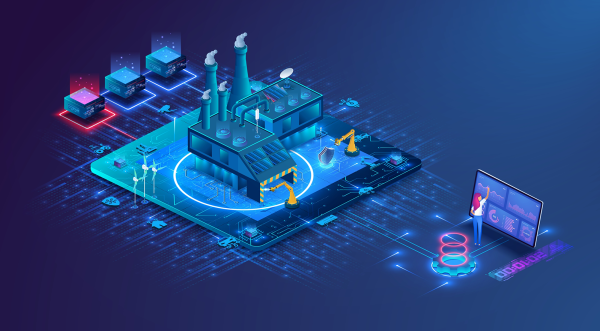Value Chain Improved Decision Making
Technical teams require accurate process models in value chain decision-making activities to improve plant profitability. With Petro-SIM they can very easily monitor online the accuracy of the units’ simulation model and LP model predictions compared to the plant operation. The Petro-SIM digital twin enables the early detection of issues in the plant and provides confidence in decision-making across the value chain while aiming toward net zero carbon emissions.



















